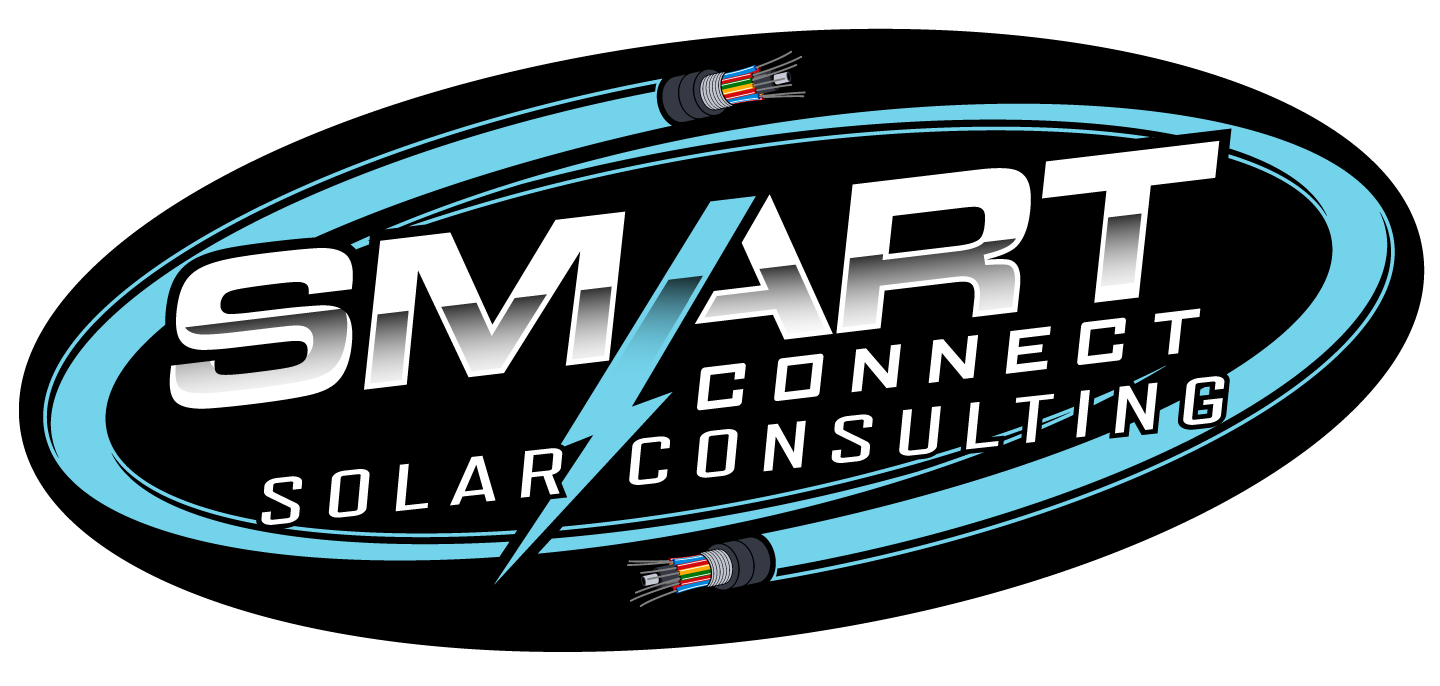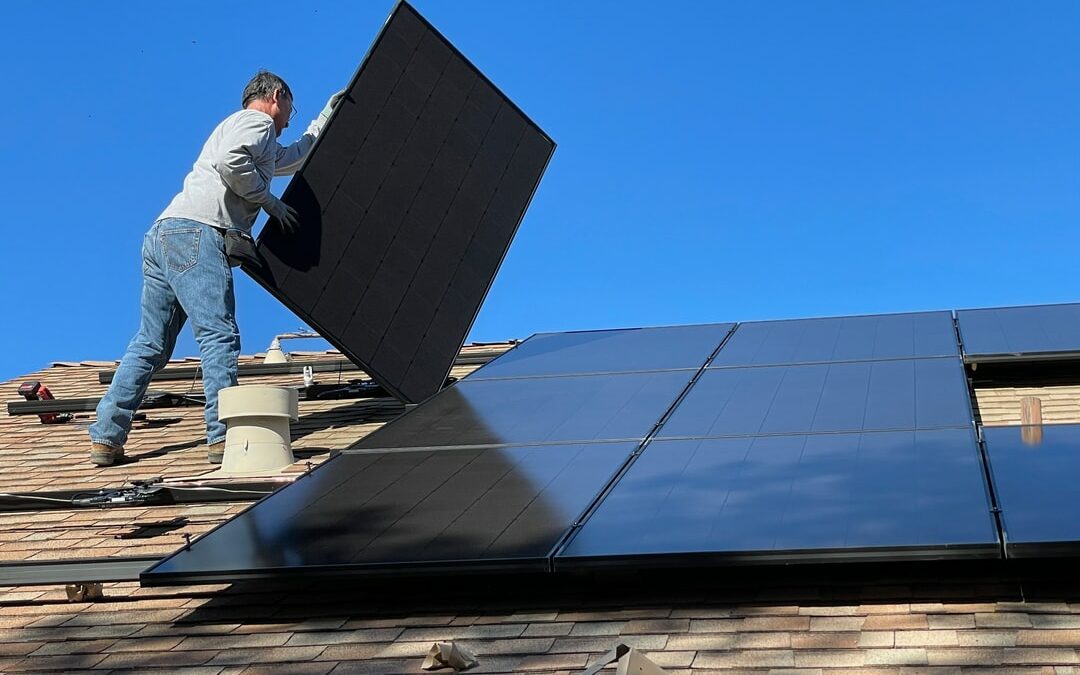Despite being the 31st ranked state by population, Nevada ranks 6th in the United States for cumulative solar capacity. The Silver State has installed more than 4,500 megawatts of solar capacity to date. With an average of 294 sunny days in Las Vegas every year, it is easy to see why solar energy has been so popular in the state.
If you are considering making the switch to solar energy and purchasing solar panels in Las Vegas, then this blog post is for you. Here, we will highlight everything you need to know about choosing the right solar panels, including how to choose the best material and the systems with the lowest annual degradation rate.
In 2021, a new solar energy project was installed in the US every 60 seconds. It is expected that 300 gigawatts of new solar capacity will be installed over the next decade. Keep reading to see how you can get the most out of going solar.
Choose a Quality Solar Panel Material
If you are looking for solar panels with the greatest efficiency, it is recommended that you opt for monocrystalline solar panels. The reason is that monocrystalline solar panels have a high silicon purity, meaning they are highly efficient at converting light to energy. It should be noted that this type of material does come with a higher price tag than other options.
A more environmentally-friendly option is polycrystalline solar panels. They are considered the greenest option as they utilize all of the silicon material they’re manufactured with. While they are not as efficient as monocrystalline, polycrystalline is more affordable.
It should also be noted that polycrystalline solar panels are not well suited to very warm climates with temperatures regularly above around 80 °F.
A more budget-friendly option is thin-film solar panels. While they are cost-effective, they do degrade faster than the above options and typically require more repair during their lifespan. They also require the most space and may not be a practical option for smaller homes.
One option for small homes is amorphous solar panels. They are a subset of thin-film solar panels, though they are generally smaller. By ‘stacking’ these solar panels, a greater level of efficiency can be achieved compared to thin-film panels.
Opt for Tier 1 Solar Panels
There are three different classes of solar panels: Tier 1, Tier 2, and Tier 3. Tier 1 solar panels are considered the highest class of solar panels and are made by reputable and experienced manufacturers. One of the main reasons why it is recommended that you choose Tier 1 solar panels is because of their low degradation rate.
Because Tier 1 solar panels are built to a higher standard, they have a longer lifespan and are more efficient at generating electricity. A solar panel’s degradation describes how quickly they lose its ability to efficiently absorb and convert the sun’s rays into solar energy. Let’s look at the annual degradation rate for each of the 3 tiers:
- Tier 1 – 0.30%
- Tier 2 – 0.50%
- Tier 3 – 0.80%
Using these numbers, we can work out the percentage of original output that each class of solar panel will retain after 25 years. For Tier 1, this is 93.04% of original output, which is considered excellent. After 25 years, Tier 2’s output will have decreased to 88.67% while Tier 3’s output will be at 82.47% after 25 years.
It is worth bearing in mind that solar panels, with proper care and maintenance, can effectively work for 40 to 50 years. This is why it makes sense to opt for a higher-quality system. Tier 1 systems are also more durable and less likely to require repairs during their lifespan.
Consider Your Home Energy Needs
Another important consideration when going solar is the number of solar panels you should buy. This depends on a number of factors, including:
- Your property’s current (and projected future) energy needs
- Your average monthly energy bill
- The size of your property
- The number of people living there
- Your property’s specific location
- The location of the solar panel system
It is worth expanding on the last point. In the United States, it is recommended that homeowners install their solar panel systems in a south-facing direction for what is known as ‘maximum output’. The roof is an ideal place to install a solar system, particularly as it will be free of any obstructions and away from shaded areas.
Installing solar panels in a direction other than south-facing will reduce their maximum output. Solar panels installed in a north-facing direction could experience an output loss of up to 30% compared to south-facing panels. Even solar panels installed in a southwest or southeast direction may experience an output loss compared to ‘true’ south.
Factor In Your Available Budget
Budget is another important consideration when purchasing and installing solar panels on your property. The continued availability of the federal solar tax creditis helping homeowners across the country save on the upfront costs of switching to solar.
We recommend that you take advantage of the current 26% rate before it decreases to 22% in 2023. Unless renewed by Congress, this tax credit will expire at the end of next year, meaning now is the most opportune time to install residential solar panels.
Choose the Right Solar Panels in Las Vegas
If you are interested in solar panels in Las Vegas, your premier choice is Smart Connect Solar Consulting. We make it easy for homeowners in Las Vegas to install high-quality and efficient solar panels at affordable prices.
Contact our professional and experienced team today for a free in-home solar consultation. We look forward to speaking with you about making the switch to solar energy with home solar panels.

